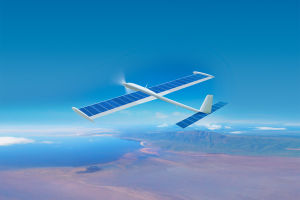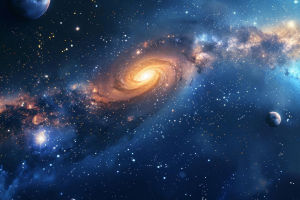In science fiction, the concept of spaceships moving at or beyond lightspeed allows for endless possibilities in universal exploration. However, in reality, achieving such speeds with current technology is nearly impossible.
According to Gerd Kortemeyer, an associate professor emeritus of physics at Michigan State University, light travels at a staggering 299,792,458 meters per second in a vacuum, and anything with mass cannot reach this speed.
This limitation, often referred to as the cosmic speed limit, presents significant challenges for those dreaming of intergalactic travel.
The Impossibility of Near Lightspeed Travel
Even approaching lightspeed is not feasible or safe for human travelers. The sheer amount of fuel and energy required to accelerate a spacecraft to 99% of lightspeed would be astronomical.
Kortemeyer's calculations show that propelling a 10 metric ton vessel to this speed while maintaining a tolerable g-force would demand more than 200 times the energy consumed on Earth in a year. Additionally, the efficiency of the fuel required for such a journey is beyond the capabilities of current science, as it contradicts the second law of thermodynamics.
Currently, the closest we have come to lightspeed is by accelerating individual atomic particles to 99.99999896% of the speed of light in the Large Hadron Collider.
The Unconventional Nature of Lightspeed
Lightspeed is not simply a speed but a fundamental constant of nature. Since the 1600s, observations of planetary movements hinted at the speed of light.
James Clerk Maxwell in 1865 deduced that light was an electromagnetic wave and calculated its speed, leading to the famous E=mc^2 equation by Einstein in his theory of special relativity in 1905. This theory revolutionized our understanding of physics, stating that time bends relative to the movement of objects, particularly at near lightspeed, resulting in phenomena like time dilation.
The Surreal Nature of Near Lightspeed Travel
Approaching lightspeed would distort colors, brightness, and time perception. Moving near lightspeed would cause visual distortions due to the Doppler effect, altering the appearance of objects based on the observer’s speed. Time dilation would cause travelers to age more slowly compared to those on Earth, a concept exemplified by the twin paradox thought experiment.
Additionally, the distortion of time is often theorized in science fiction, like the concept of warp speed in Star Trek. However, Kortemeyer emphasizes that such ideas remain fictional and lack scientific grounding. Furthermore, the acceleration required to reach near lightspeed would subject the human body to extreme g-forces, potentially exceeding our physiological limits over prolonged periods.
In conclusion, while the allure of near lightspeed travel sparks imagination and curiosity, the physical and logistical challenges make it a distant reality for human exploration.


